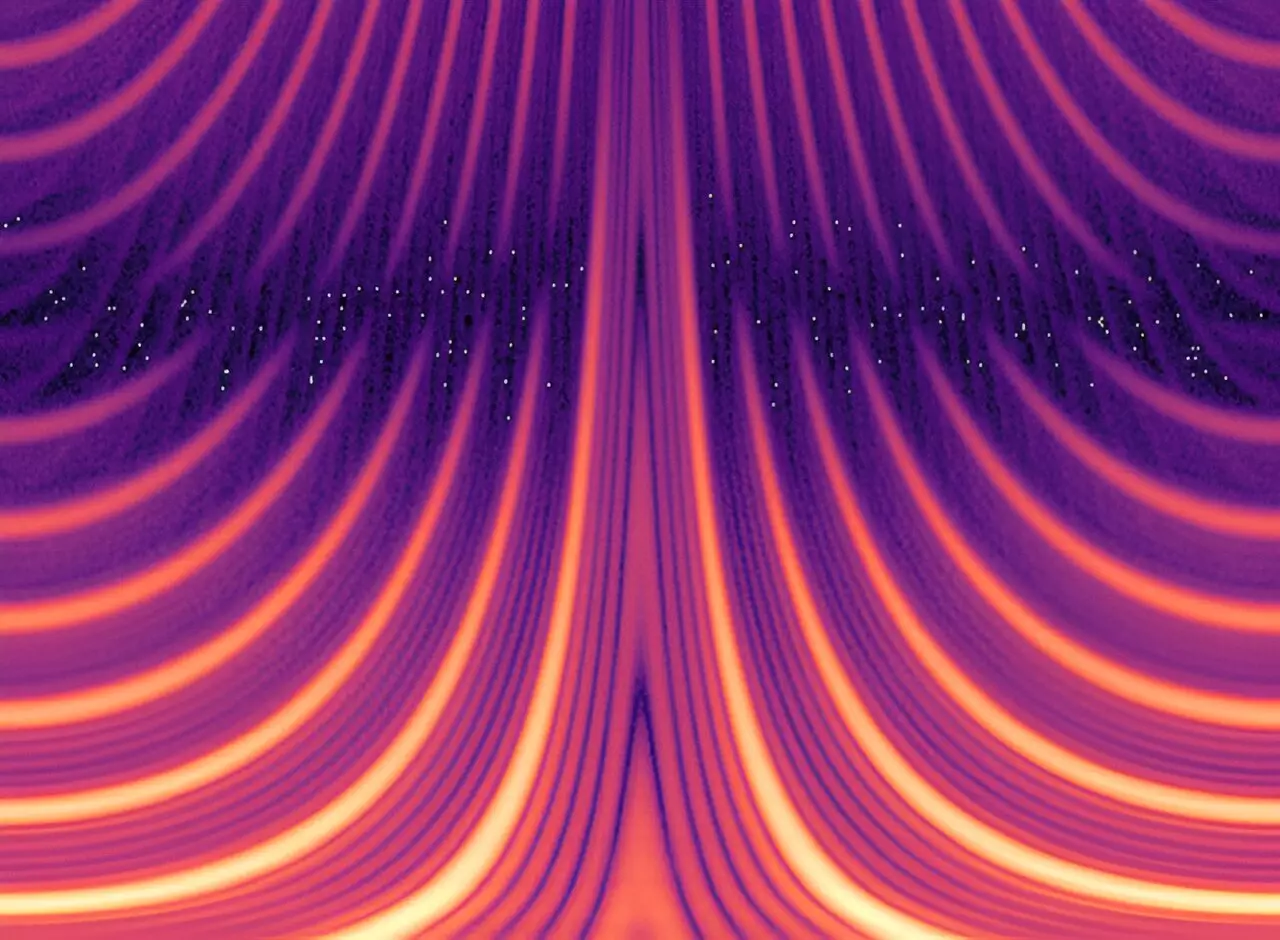The ever-evolving landscape of quantum technology heavily relies on the manipulation and storage of information, with light emerging as a premier medium for this purpose. Traditional communication systems have long exploited optical signals, but the advent of quantum technologies broadens the possibilities considerably, particularly with quantum computing and networking. Recent innovations in the processing of light signals at the quantum level pose significant challenges, as these operations are intrinsically more complex than their electronic counterparts. One promising solution comes from groundbreaking research undertaken by an international team spearheaded by prominent figures in the field, such as Dr. Olga Kocharovskaya from Texas A&M University.
Quantum memory systems are pivotal for establishing robust quantum networks, facilitating the essential storing and retrieving of quantum information. Until now, many of the established methods for quantum memories have focused on optical photons and atomic ensembles, presenting limitations in terms of memory duration and environmental adaptability. Dr. Kocharovskaya’s innovative research has shifted the paradigm towards utilizing nuclear rather than atomic ensembles, thus achieving considerably extended memory times.
The core of the team’s discovery rests on the unique attributes of nuclear transitions, which are less susceptible to disruptions from external fields due to the minute size of atomic nuclei. This research distinguishes itself by showcasing the potential for memory systems that can operate effectively at room temperature and high solid-state densities, thereby making quantum memory more accessible for practical applications.
The method devised by the research team marks a significant leap in the realization of quantum memory within the hard X-ray range, a domain that has historically remained unexplored. Dr. Xiwen Zhang, a postdoctoral researcher and co-author, elaborates on the team’s newly proposed protocol, which diverges from traditional methods tied closely to optical and atomic frameworks. This innovative approach involves using a set of moving nuclear absorbers to generate a frequency comb responsive to the absorbed X-ray photons.
In simpler terms, when the frequencies of the absorbed X-ray pulses align with this specially structured comb created by moving nuclear materials, the absorbed photons are stored and can be released after a delay. This delay pertains directly to the inverse Doppler shift influenced by the synchrony of the absorbers’ movement. The experiment successfully implemented this concept, presenting a tangible realization of a nuclear frequency comb that can store information at X-ray energies—a monumental first in this field.
While the experiment achieved groundbreaking results, Dr. Zhang emphasizes that the coherence lifetime of the nuclear states fundamentally limits the maximum storage capabilities of this quantum memory. For future advancements, the focus will likely pivot towards using longer-lived isotopes to enhance memory durations further. The team’s aim to explore on-demand release mechanisms for the stored photon wave packets opens new avenues for achieving entanglement between various hard X-ray photons, a critical requirement for quantum information processing systems.
Moreover, the implications of this research extend beyond just molecular physics; they resonate deeply within broader quantum mechanics and information systems. By advancing quantum storage techniques to encompass shorter wavelengths, researchers can reap the benefits of reduced noise levels—a characteristic intrinsic to high-frequency oscillations that averages out fluctuations. This property paves the way for enhanced fidelity in quantum protocols, presenting a noteworthy advantage over existing technologies.
As researchers continue to delve into the potentials of tunable and robust frameworks taught by this recent study, a new frontier in quantum optics at X-ray energies emerges. The collaboration’s findings illustrate not only the feasibility of nuclear frequency comb protocols for X-ray applications but also the rich array of opportunities that await in the intersections of quantum optics and material science.
Dr. Kocharovskaya expresses significant optimism about the future explorations this breakthrough might prompt, outlining a vision where enhanced quantum memory systems could ultimately reshape the way quantum information is processed and applied across various sectors. The intersection of X-ray technology and quantum physics beckons further investigation, affirming that the path forward is laden with intriguing potential yet to be fully realized.
The integration of advanced quantum memory methodologies into the realm of hard X-rays heralds a pivotal moment for both scientific research and practical quantum technologies. As this field evolves, it stands as a testament to innovation, collaboration, and the unyielding quest for deeper understanding in the profound complexities of our universe.


Leave a Reply